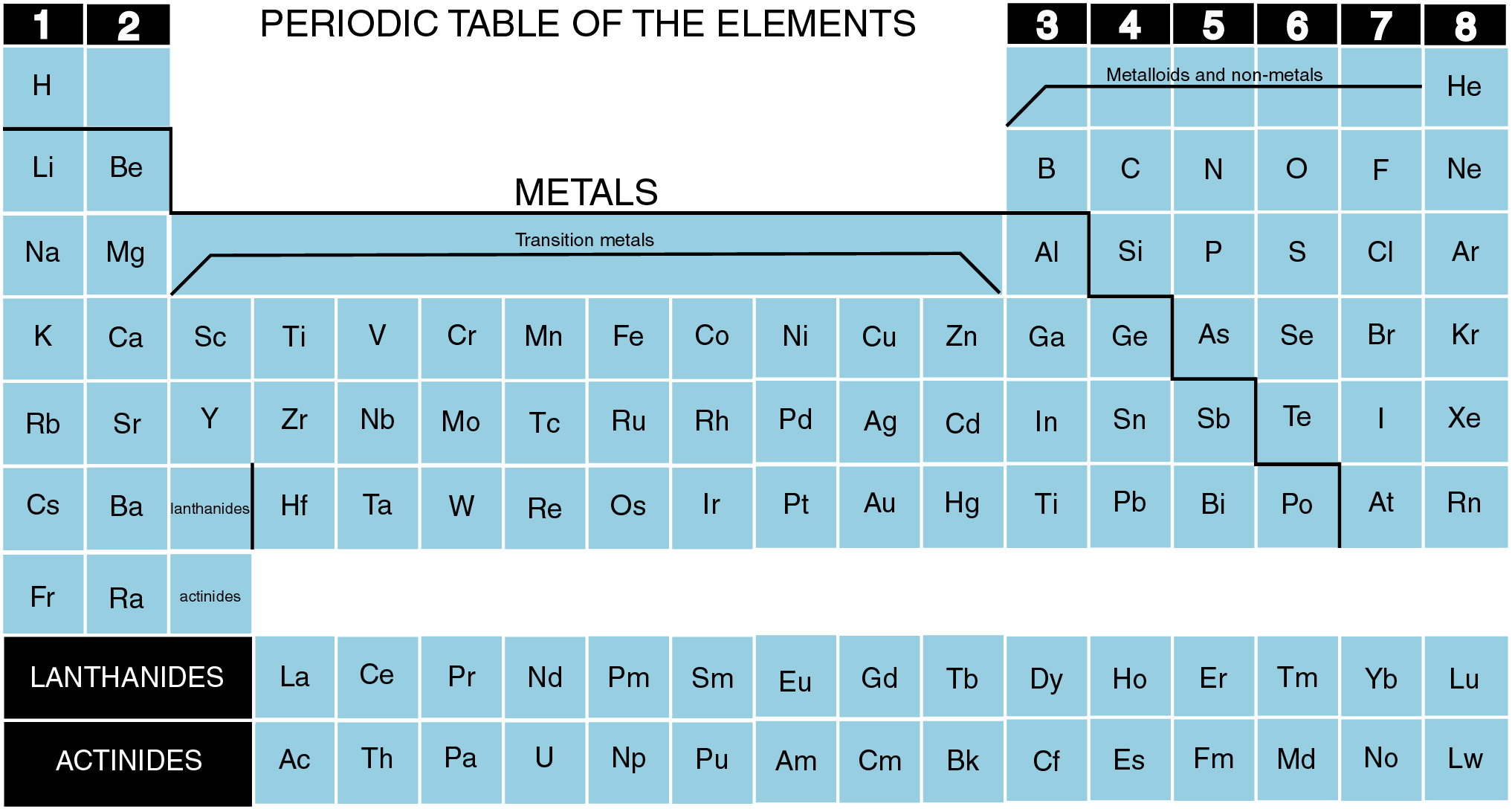
Dmitri Ivanovich Mendeleev, father of the periodic table.
The Greek philosopher Leucippus of Miletus and his follower Democritus set the scene for modern physics in 5th century B.C. in Athens when they considered what would happen if you chopped up matter into ever smaller pieces. There would be a limit, they said, beyond which you could not go. And they called their fundamental particles atoms.
Testing the theory was not easy with ancient Greek technology and it was not until the 17th century that what we today call elements were found. There were all kinds of them and, for a while, the ideas people had for describing them were far more complex than the Earth, Air, Fire and Water model. But people started to notice patterns in the masses of the elements and eventually Dmitri Ivanovich Mendeleev, professor of chemistry at St. Petersburg, arranged them into his famous periodic table of the elements, first published in 1869.

Dmitri Ivanovich Mendeleev, father of the periodic table.
The patterns Mendeleev documented are called a symmetry and whenever there is symmetry in nature, it means that there's a simpler way of describing things. With the elements, the patterns in the masses were a clue that all the elements are made up of smaller particles and their differing masses are simply determined by how many of those particles they have inside them.
Mendeleev's idea of the periodic table is a perfect example of a good scientific theory. First, it simplified things enormously, and second it allowed Mendeleev to correctly predict new elements. Element 101, mendelevium, is named in his honour.
